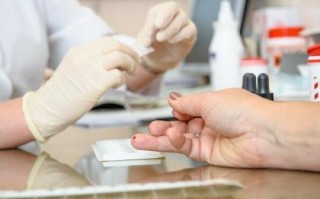H-NMR thus measures proton resonance of lipids contained in lipoproteins. As this resonance is produced by all lipids in the particle, it is often considered that H-NMR directly measures lipoprotein particles. H-NMR requires trained technical staff and dedicated instrumentation, but the development of automatic and affordable assays for lipoprotein profiling has enabled its widespread use in clinical trials [15], [21], [32], [83]. Absence of lipoprotein separation steps and short run times have made H-NMR one of the most used ALT methods for clinical trials and research over these past decades. However, H-NMR measures lipid concentrations by resonance and derives this concentration further into lipoprotein particle concentrations, relying on the hypothesis that a fixed mean quantity of lipids is contained in each lipoprotein. In addition, lipoprotein quantification accuracy largely relies on the processing software used for signal deconvolution which processes highly complex spectra using an experimental library. No data were found on the way processing algorithms were established nor on system’s calibration and therefore, traceability of the results remains unclear.
电喷雾微分迁移率分析(ES-DMA)
Electrospray differential mobility analysis (ES-DMA), also known as ion mobility analysis, is the most recent ALT method. First reported in 1998 by Kaufman, it was initially applied to nanoparticle and macro-ion size measurements [84]. Its first application to lipoprotein profiling was reported in 2008 in a publication by Caulfield et al. [85], [86]. This method is now available as a routine diagnostic test exclusively run by Quest Diagnostics (Madison, NJ, USA) and has already been involved in clinical trials [33], [87].
- 1
- 2
- 3
- 4
- 5
- 6
- 7
- 8
- 9
- 10
- 11
- 12
- 13
- 14
- 15
- 16
- 17
- 18
- 19
- 20
- 21
- 22
- 23
- 24
- 25
- 26
- 27
- 28
- 29
- 30
- 31
- 32
- 33
- 34
- 35
- 36
- 37
- 38
- 39
- 40







还木有评论哦,快来抢沙发吧~